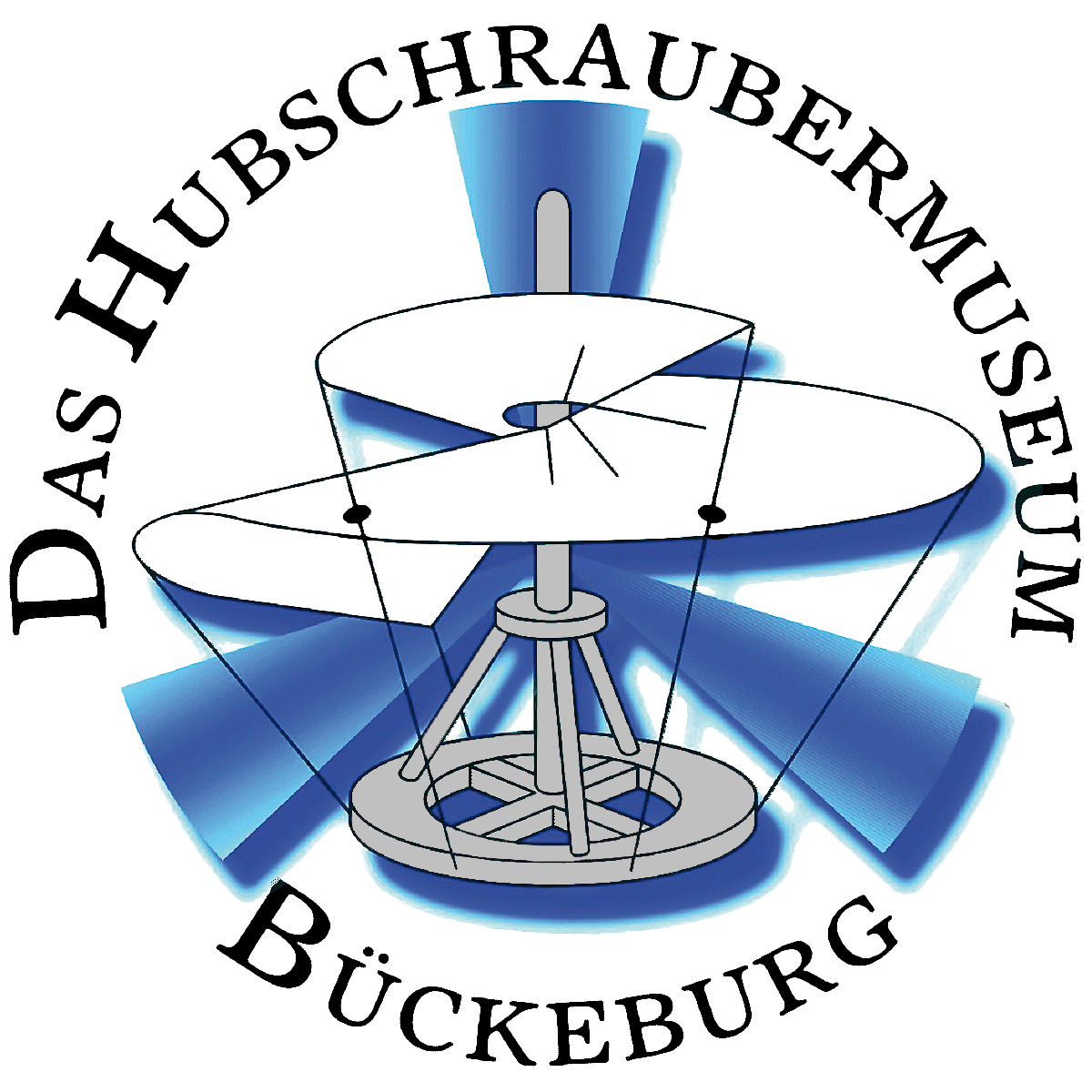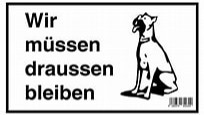McDonnell Douglas-EN
McDonnell Douglas
McDonnell Douglas was a major American aerospace manufacturer and defense contractor, producing a number of famous commercial and military aircraft. It formed from a merger of McDonnell Aircraft and Douglas Aircraft in 1967. McDonnell Douglas was based at Lambert-St. Louis International Airport near St. Louis, Missouri.
The McDonnell Douglas Technical Services Company (MDTSC), a subsidiary of McDonnell Douglas, was headquartered in unincorporated St. Louis County, Missouri, United States. McDonnell Douglas merged with its rival, Boeing, in 1997.
The company was formed from the firms of James Smith McDonnell and Donald Wills Douglas in 1967. Both men were of Scottish ancestry, graduates of MIT and had worked for the aircraft manufacturer Glenn L. Martin Company.
Douglas had been chief engineer at Martin before leaving to establish Davis-Douglas Company in early 1920 in Los Angeles. He bought out his backer and renamed the firm the Douglas Aircraft Company in 1921.
McDonnell founded J.S. McDonnell & Associates in Milwaukee, Wisconsin in 1926. His idea was to produce a personal aircraft for family use. The economic depression from 1929 ruined his ideas and the company collapsed. He worked at three companies with the final being Glenn Martin Company in 1933. He left Martin in 1938 to try again with his own firm, McDonnell Aircraft Corporation, this time based at Lambert Field, outside St. Louis, Missouri.
World War II was a major earner for Douglas. The company produced almost 30,000 aircraft from 1942 to 1945 and the workforce swelled to 160,000. Both companies suffered at the end of hostilities, facing an end of government orders and a surplus of aircraft.
After the war Douglas continued to develop new aircraft, including the DC-6 in 1946 and the DC-7 in 1953. The company moved into jet propulsion, producing its first for the military – the conventional F3D Skyknight in 1948 and then the more ‘jet age’ F4D Skyray in 1951. In 1955, Douglas introduced the first attack jet of the United States Navy with the A4D Skyhawk. Designed to operate from the decks of the World War II Essex class aircraft carriers, the Skyhawk was small, reliable, and tough. Variants of it continued in use in the Navy for almost 50 years, finally serving in large numbers in a two-seat version as a jet trainer.
Douglas also made commercial jets, producing the DC-8 in 1958 to compete with the Boeing 707. McDonnell was also developing jets, but being smaller it was prepared to be more radical, building on its successful FH-1 Phantom to become a major supplier to the Navy with the F2H Banshee and F3H Demon; and producing the F-101 Voodoo for the United States Air Force (USAF). The Korean War-era Banshee and later the F-4 Phantom II produced during the Vietnam War helped push McDonnell into a major military fighter supply role. Douglas created a series of experimental high-speed jet aircraft in the Skyrocket family, with the Skyrocket DB-II being the first aircraft to travel at twice the speed of sound in 1953.
Both companies were eager to enter the new missile business, Douglas moving from producing air-to-air rockets and missiles to entire missile systems under the 1956 Nike program and becoming the main contractor of the Skybolt ALBMprogram and the Thor ballistic missile program. McDonnell made a number of missiles, including the unusual ADM-20 Quail, as well as experimenting with hypersonic flight, research that enabled it to gain a substantial share of the NASA projects Mercury and Gemini. Douglas also gained contracts from NASA, notably for part of the enormous Saturn V rocket.
The two companies were now major employers, but both were having problems. Douglas was strained by the cost of the DC-8 and DC-9, while McDonnell suffered lean times during any downturns in procurement. The two companies began to sound each other out about a merger. Inquiries began in 1963; Douglas offered bid invitations from December 1966 and accepted that of McDonnell. The two firms were officially merged on 28 April 1967 as the McDonnell Douglas Corporation (MDC). The two companies were a good fit for each other. McDonnell was primarily a defense contractor while Douglas sold mostly civil aircraft.
Helicopters:
- AH-64 Apache (started under Hughes Helicopters)
- MD 500 series (started under Hughes Helicopters)
- MD 600
- MD 901/902/902 Explorer
Text from Wikipedia, the free encyclopedia



